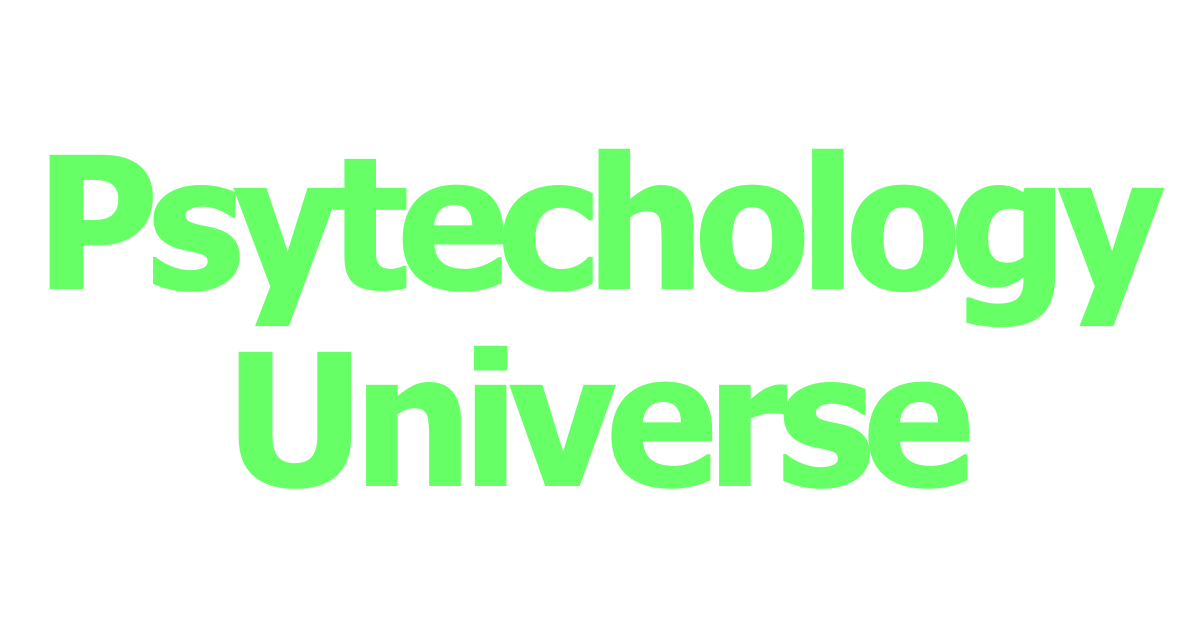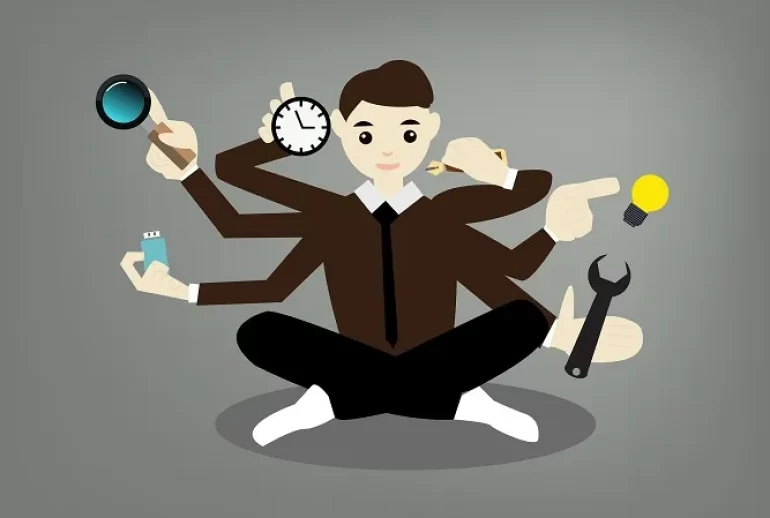In the contemporary world, technology has impacted the manner in which we control our attention and the use of multitasking. The constant stream of notifications, emails, and updates from different social media platforms not only has contributed to the shrinking of our attention spans but also made multitasking a permanent part of our daily routine. This can be linked to the ‘connectivity culture’ whereby people are available online at all times: a blessing and a curse. At some point, multitasking seems to be the best way of managing time as it creates an illusion of productivity among persons. However, recent evidence indicates that this perception of enhanced productivity is misleading.
Previous research has indicated that multitasking, particularly with technology, can greatly diminish productivity and negatively impact learning. This is because the brain of human being is not really capable of concentrating on two or more tasks simultaneously. However, instead of parallel processing of multiple tasks, what is observed is called task interleaving, or in simple terms, task juggling, which is when the brain quickly toggles back and forth between different tasks. This constant switching is known as the ‘switching cost,’ which results in errors, reduced productivity, poor quality, and delays in task completion.
Furthermore, the constant use of multiple devices has been proven to increase tension and dissatisfaction with one’s life. Staying connected and available to respond to countless stimuli from the digital environment can cause stress and exhaustion. Also, this digital overload can cause anxiety and discontentment because people cannot cope with so much information and tasks, which are expected from them.
Solutions to Mitigate the Impact of Technology on Attention Span and Multitasking:
- Digital Detox: If all members designate parts of the day where they refrain from using their gadgets, then they stand to benefit from the lack of distractions. This may entail the removal of electronics during certain times as part of their lessons, such as during the meal times, and before going to bed.
- Prioritization and Time Management: Drawing from time management techniques like the Eisenhower Box, people could find out how to prioritize their task based on the level of importance and the level of urgency. This can assist in embracing each task as having its own pile of papers, which can help in concentration on a single task and avoid multitasking.
- Mindfulness and Meditation: Practicing mindfulness and meditation may in fact increase concentration and attention span. Such practices assist in development of attention and concentration because it does not prepare the mind to multi-task hence avoiding cases of being distracted.
- Notification Management: One of the ways of simply eliminating notification presence and frequency is to manage overall alert settings on the devices one is using most frequently. Notifications, such as social media or emails, should be disabled or the ‘Do No Disturb’ mode should be activated when doing tasks that require utmost attention.
- Breaks and Physical Activity: Short breaks that last between five and ten minutes combined with walking or any kind of physical movement can help to minimize the deleterious impacts of long hours of studying via a screen and enhance cognitive performance. Such planning and structuring like the Pomodoro Technique which separates work into intervals with breaks in between could be used to increase the efficiency of work and productivity.
Through the above-discussed measures, one may effectively control the attention span in the environment full of digital distractions, reducing the adverse impacts of multitasking and leading a healthier life.



